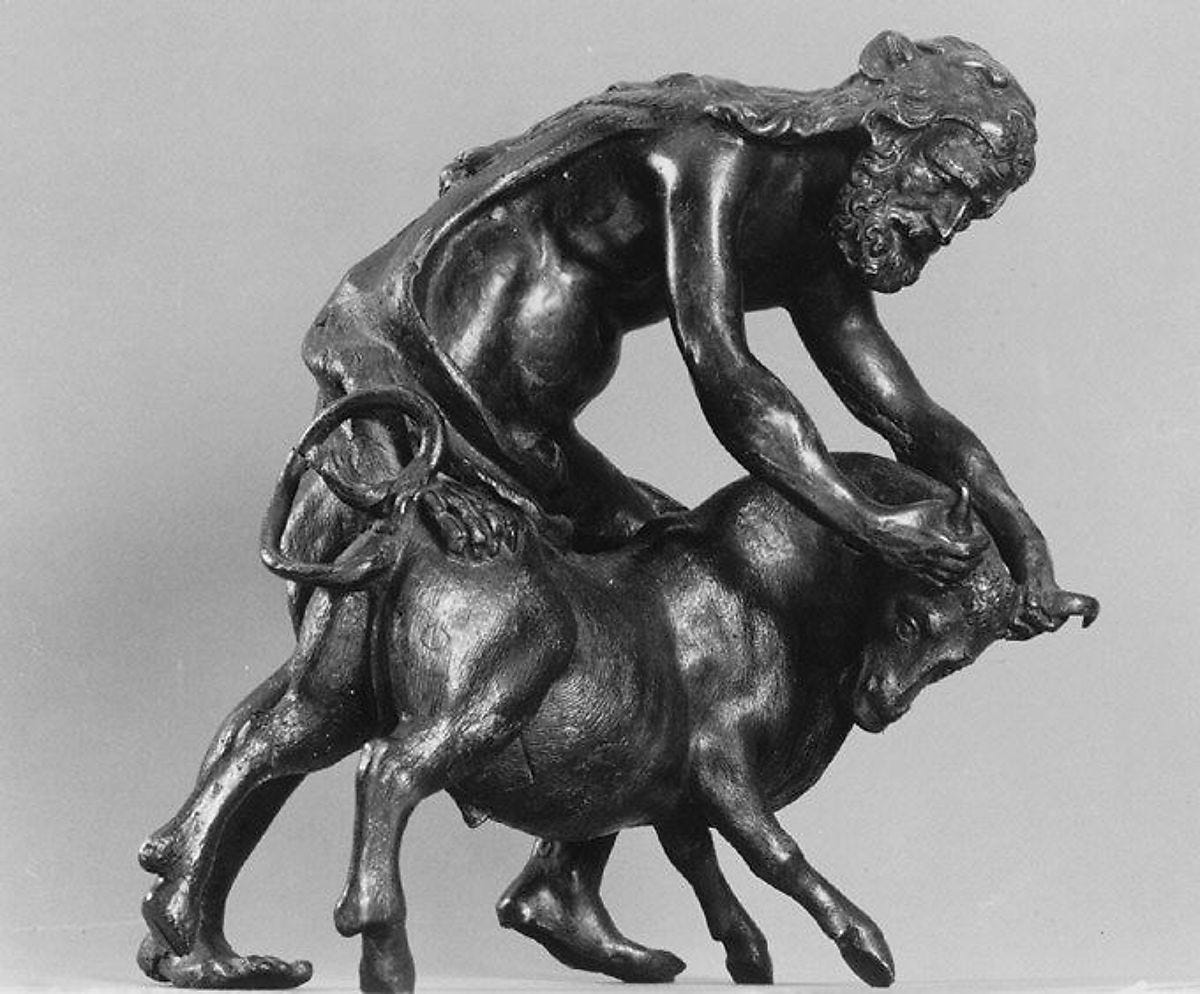The Life of Nimrod
The Early Years
Genesis gives us only a single paragraph about Nimrod. Yet, that paragraph is so mysterious that it has led to many speculations about who Nimrod was, when he lived, and what he did. He is associated with both Babel and the cities of Assyria, the two major powers and oldest empires of the Ancient Near East.
Cush begot Nimrod; he began to be a mighty one on the earth. He was a mighty hunter before the Lord; therefore it is said, “Like Nimrod the mighty hunter before the Lord.” And the beginning of his kingdom was Babel, Erech, Accad, and Calneh, in the land of Shinar. From that land he went to Assyria and built Nineveh, Rehoboth Ir, Calah, and Resen between Nineveh and Calah (that is the principal city). (Genesis 10:8-12)
Last year, I made a case for the identification of several Bible patriarchs and ancient kings in the mythologies of Greece, Sumer, Hattusa, and Egypt in a series of six posts on Euhemerism. Those Bible characters identifiable in ancient myths and histories include Cush and Nimrod. This year I would like to put the pieces together to tell Nimrod’s story.
The Sources
In addition to the skeleton summary of Nimrod’s life in Genesis, his story is also found in many ancient historians under the following names and sources:
Greek Myth: Heracles / Hercules, son of Picus/Zeus (Cush)
Babylonian: Nabu, son of Marduk (Cush), son of Utu/Enki (Ham)
Egyptian: Osiris
Median (Ctesias): Ninus son of Belus / Marduk (Cush) son of Belus Utu (Ham)
Greek Historians (Diodorus, Justinus, John of Nikau): Ninus
Phoenician: Baal Cycle
Sumerian King List: En-mer-kar, son of Mes-kia-gasher
Greek myths: Dionysius
Nimrod’s Story
The story of Nimrod begins with his mother and father. While Scripture tells us that Cush begot Nimrod, and was thus his father, the Word is silent about the name of Nimrod’s mother. However, other sources inform us that the mother of Nimrod was the woman known to the Egyptians as Isis and the Greeks as Rhea, the wife of Kronos. Both names are references to Naamah, the daughter of Lamech and sister of Tubalcain, who was first married to Noah, and later left Noah out of deep bitterness over the destruction of her extended family by the Flood, and became the wife of Ham.
According to Greek mythology, Zeus (Cush) lusted after Rhea, the wife of Kronos (Ham), and forced himself upon her. According to the Greek myth of Dionysius, Semele, or Isis, was impregnated by someone who forced her.
Given Ham’s behavior of taking his father’s wife and then boasting about it to his brothers in the exposure of Noah’s nakedness, it should not be surprising that Cush imitated his father by attempting to overthrow him sexually.
Whatever the reasons, Naamah gave birth to a son begotten by Cush, and she named him “Storm,” which in the later tongue of Sumerian, became the word “Mer," storm. When Nimrod later became a king, he used the title “En Mer Kar” which means “Lord Storm the Hunter.” The divine author of Genesis 10 appears to have played on the name En Mer, which is NMR in Hebrew, to call him NMRD, Nimrod, meaning “we shall rebel” in Hebrew.
Naamah appears to have told many stories of the wonders of the world before the Flood to her son, Mer. Thus, she recited Lamech’s song to Nimrod as a boy.
Then Lamech said to his wives:
“Adah and Zillah, hear my voice;
Wives of Lamech, listen to my speech!
For I have killed a man for wounding me,
Even a young man for hurting me.
If Cain shall be avenged sevenfold,
Then Lamech seventy-sevenfold.”
Nimrod’s mother indoctrinated him from childhood to be her champion and to someday avenge the destruction of Lamech and his family by the Flood.
According to the Greek legends of Heracles, another name for Nimrod, he trained from his youth by carrying a bull calf on his shoulders every day. As the bull grew in size, Heracles/Nimrod grew in strength, becoming a mighty and strong young man.
The Talmud says that when he became 40 years old, the sons of Japheth wanted to make the sons of Canaan their slaves. So Heth and Sidon, the sons of Canaan asked Nimrod to be their leader and enslave the Japhethites instead. This event probably occurred around the time that the city and tower of Babel were founded in 2233 BC, which was 115 years after the Flood.
Ancient sources place Cush as the first king after the Flood. He was called “the bull calf of Utu”, Utu being a name of Ham as the sun god. Cush appears to have raised his son, Nimrod to kingship with him, and used Nimrod as the muscle to enforce his will during the 42 years that the Tower of Babel project lasted until the Dispersion.
Thus, in the Sumerian King List, Cush is found as the first king of both the Kish and Uruk dynasties. Cush probably named his city after himself, Kish. It was later called Babel after the confusion of tongues. In the Kish king list, he is listed as Gasur. In the Uruk list the first two kings are Mes-kia-Gasher (Cush), and En-Mer-Kar (Nimrod).
After the Dispersion Cush and Nimrod were worshipped as storm gods, Teshub, Baal, Hadad, and Zeus. This was probably based on the personal name of Nimrod, Lord Storm.




Will you elaborate more on Nimrod's life in future CFAH papers? More than you have already, I mean.
With regards to Hercules carrying a calf from its youth until it its maturity, there is that exact story about Milo of Croton, an Olympian who flourished from the 60th-66th Olympic games in the 6th century BC.
Very interesting. 🤔